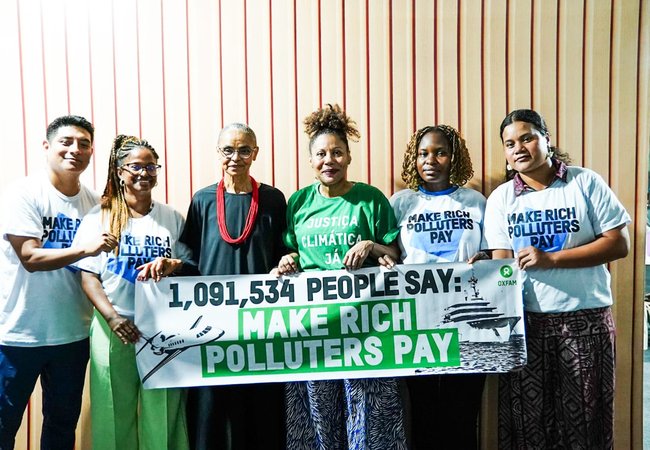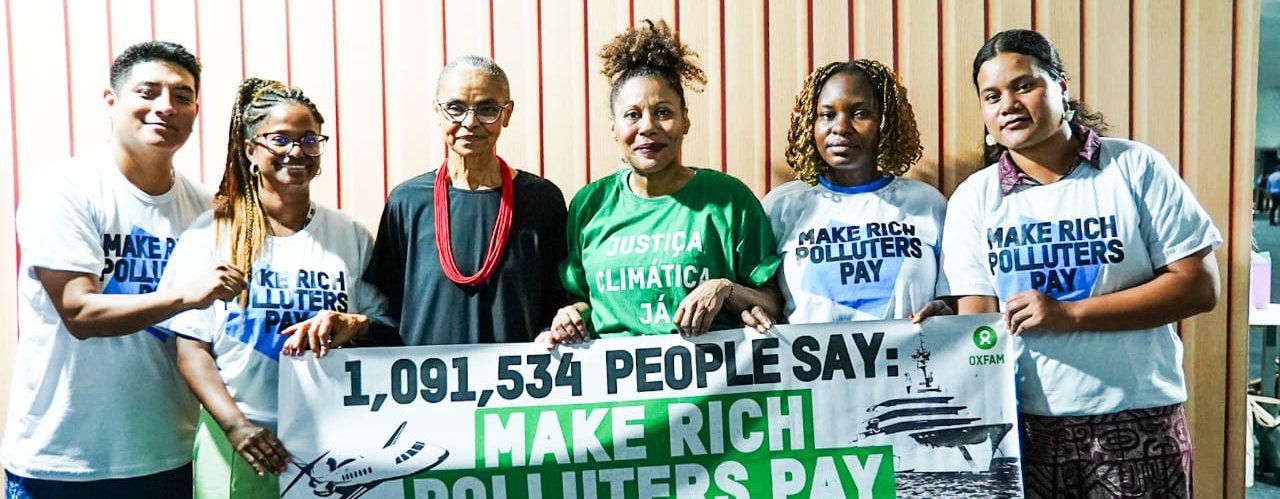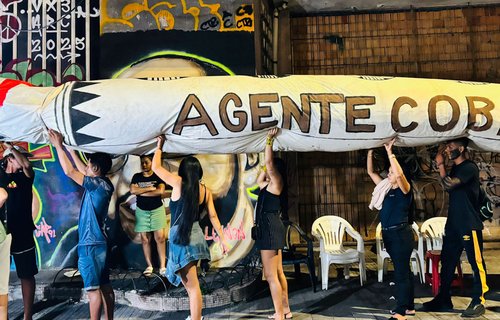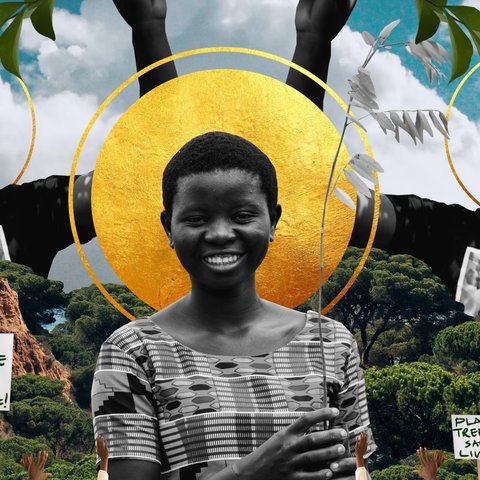

COP30 Belém: Activists lead as nations struggle to agree
What was COP30 really like? What is it like inside the negotiations? Here are some reflections from one colleague inside the talks in Belém, Brazil.
The 30th UN Climate Conference (COP30) in Belém, Brazil was far more than just another global meeting. After years of COPs held in authoritarian or heavily oil-dependent states, Brazil offered something different: a space where communities, activists, and social leaders could gather, organise and speak out.
With the Amazon rainforest as a backdrop and the largest Indigenous presence ever recorded at a COP, Belém felt like a return to the public involvement many feared had been lost.
Struggles in the room
Who led the progress?

There was a huge number of Indigenous Communities, Youth Activists, and Civil Society demanding change in and out of the COP negotiations. This photo is Youth Activists demanding change.
Voices and the reclaiming of public action
Grabbing the media's attention

“Agente Cobra”, the 15-metre-long serpent that wound through Belém. “Agente Cobra“ means both “The Cobra Agent” and “We demand what is owed to us”.
Fossil fuel phase-out
Photo credit: Oxfam International
The Oxfam Big Heads: Campaigners are posing for the media in a hospital emergency room, with the planet on life support – drilling into it, like they can save it through more fossil fuels.
This photo highlights the failure of major economies to take meaningful action on the climate crisis, and calls for these world leaders to deliver urgent, life-saving commitments at COP30.
Inside the negotiation rooms: Where was progress made? Wins and new tools
What missed the mark?
Is there hope?
Looking ahead: Turning talk into action
More posts like this

– Ever wondered how inequality and the climate crisis cross over with each other?

Facts about droughts: The people who have done the least to cause the climate crisis are suffering the most. Communities are calling for system change not climate change.